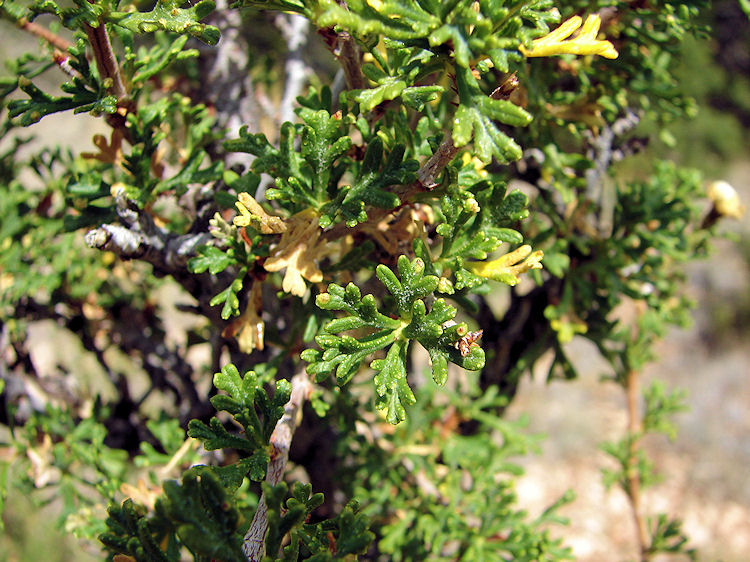Arizona Wild Flowers
Pictures, Photos, Images
Descriptions, Information, Reviews.
Stansbury Cliffrose, Purshia stansburiana.
We Are Proud Of Our SafeSurf Rating!
Click On Any Of The Following Links By Amazon.Com
For Books, & Videos About Wildflowers Of Arizona & The Southwest USA. No Obligation!
 |
| Stansbury Cliffrose, Purshia stansburiana. Walnut Canyon National Monument Sinagua Ruins, Flagstaff, Arizona. |
|---|
 |
| Stansbury Cliffrose, Purshia stansburiana. |
|---|
 |
| Stansbury Cliffrose, Purshia stansburiana. |
Stansbury Cliffrose.
We wish to thank Wikipedia, the free encyclopedia for some of the information on this page. We share images and information with Wikipedia. Stansbury Cliffrose shrubs ares often covered with many flowers that smell delightful. They attract bees. Stansbury Cliffrose is a many-branched shrub that grows up to 8 feet tall. In some excellent growing locations the shrubs can reach 20 feet high. In older shrubs, the bark splits into long, fine segments. Leaves are tiny, 1/8- to 5/8 inches long, and are mostly 5-lobed. The leaves are covered with tiny, glandular-dotted hairs that are sticky to the touch. When the seeds mature, they have a long-tailed hair that attaches to the seed. These hairs aid in wind dispersal and in helping to "drill" the seeds into the ground. Flowering Stansbury Cliffrose bloom from midspring until summer, and then if summer rains are plentiful, the plants may bloom again in the late summer. Early pioneers called the plant "quinine bush" after the bitter taste of the leaves. Deer forage on the plants and rodents eat the seeds. Purshia stansburiana was at first named Cowania stansburiana by John Torrey in 1852, it was renamed Cowania mexicana by Jepson in 1925, it went through a number of other name changes, and since 1986, it has retained the name Purshia stansburiana, given to it by Henrickson.
Quick Notes:
Height: About 8' - 20' Tall.
Trunk: Up To About 10 inches thick.
Bark: The bark is a light grey.
Flowers: Flowers whitish in color and are 1/2 up to 1 inch wide. The five petals have yellow stamens.
Flowering Time: May and August - September.
Fruit: The Seeds are plumed and spiral.
Leaves: Leaves are small, dark green, shiny and have good fall color. P. stansburiana leaves have three lobes at the apex and one more lobe on each side below the apex. The leaves of P. stansburiana have a definite odd, quinine-like odor when crushed and often have white gland dots along the leaf margin.
Found: Native to the USA (AZ, CA, CO, ID, NM, NV, UT). Also found in Mexico in northern Sonora, northern Chihuahua, Baja Norte, & Baja California.
Hardiness:
Soil pH requirements:
Sun Exposure:
Elevation: 3,500 - 8,000 Feet.
Habitat: Dry and rocky slopes, mostly in pinyon - juniper woodland, desert mountains.
Miscellaneous: Photos Taken September 01, 2009. Walnut Canyon National Monument Sinagua Ruins, Flagstaff, Arizona.
|
We Are Proud Of Our SafeSurf Rating!
Click On Any Of The Following Links By Amazon.Com
For Books, & Videos About Wildflowers Of Arizona & The Southwest USA. No Obligation!
| © 1966 - Present, Audrey, Eve, & George DeLange |